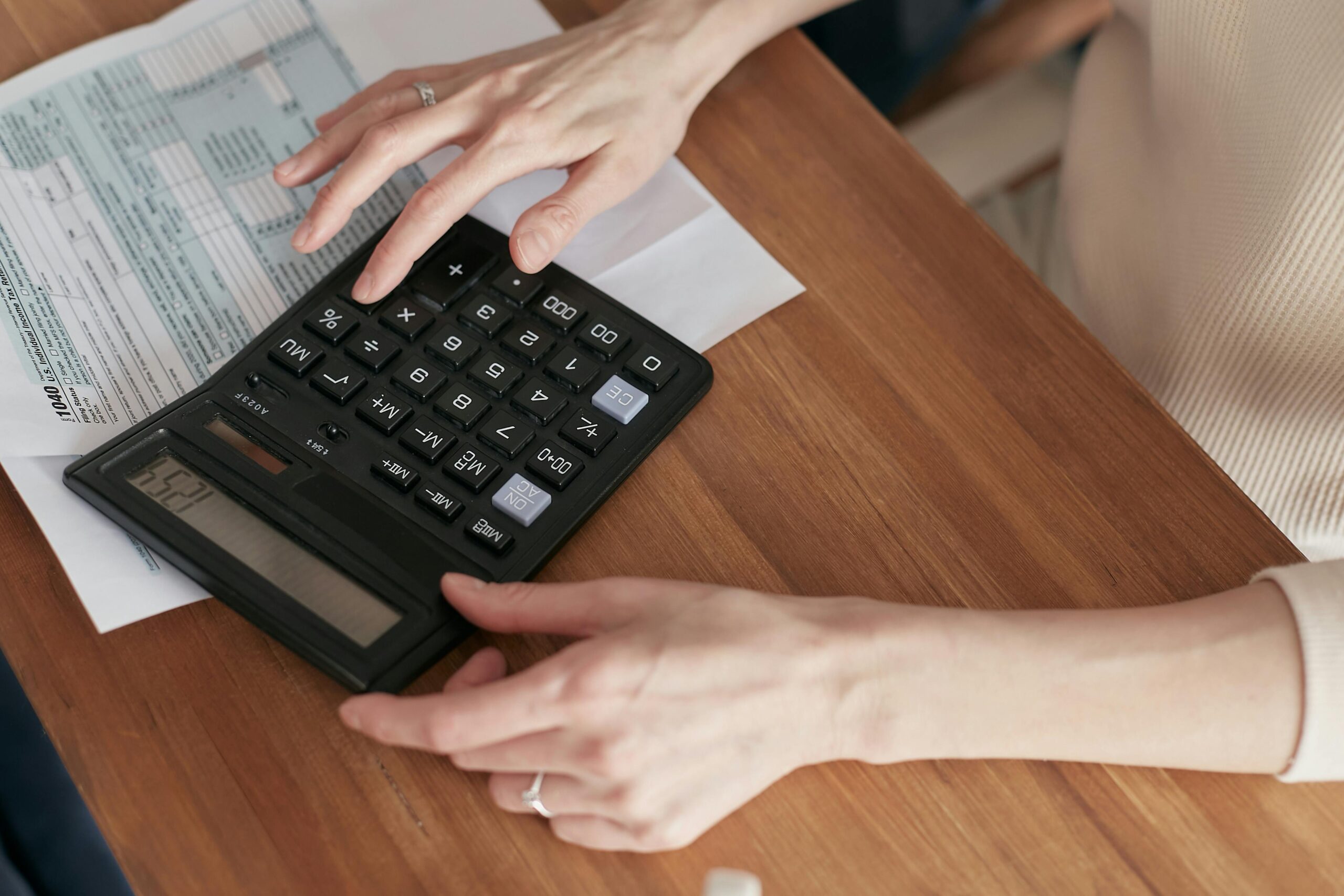The effective management of debt is an essential ingredient in attaining financial stability and long-term success. Successfully handling and working out one’s personal debt relieves a great deal of stress from the mind of an individual and reduces overall financial tension. This is very achievable by applying strategic techniques that help reduce the level of debt effectively and keep one’s financial situation in check. Herein is a detailed guide to handling personal debt effectively.
1. Overview of Indebtedness
The first step in debt management involves having an overview of your indebtedness. This involves a detailed listing of credit card debts, loans, and any other outstanding obligations. You must create records for the balance, interest rate, minimum monthly payment, and due date. It shows you an overview of which you should prioritize more over others and shall assist you in creating some sort of action plan in trying to pay debts effectively.
2. Create a Budget
The estimation of a proper budget is all about understanding how much debt one is into. Make an appropriate record of your income and expenditure to correctly estimate how much you will be in a position to repay towards debts every month. You classify your expenditure and identify heads where the expenditure can be reduced to free up more money for debt reduction. A budget will keep you on track and ensure at all times that you are regularly progressing toward your goals of debt reduction.
3. Prioritize Your Debts
Now that you can see what you owe, focus your efforts on trying to pay it back. There are two popular methods for paying off debt, the debt avalanche and debt snowball methods. This would mean that, through a debt avalanche method, you prioritize the higher interest rate of debt owed in order to save money in interest over a long period of time. On the contrary, debt snowball tries to gain momentum and motivation by paying off the tiniest debts first. Just pick whatever fits your financial situation and psychological preferences best.
4. Negotiate with Creditors
Sometimes it’s possible to negotiate better terms with the creditor. You may want to call your creditors to see if they can offer you a better interest rate, an extension of time to repay, or temporary relief from payments if you are experiencing financial hardship. Sometimes, a creditor will work with you if you have been a good customer and paid on time, or if one is dealing with negative circumstances. This can reduce the total amount of money that you have to pay every month, thus making it easier to handle your debt.
5. Consolidate Your Debt
Debt consolidation is going to mean that you will take all of your debts and put them into one loan, with a most likely lowered interest rate or terms more easily handled. It makes it easier for you to make your monthly payments, and you might be able to save money on interest. You can consolidate your debt through personal loans, balance transfer credit cards, and home equity loans. Just be very careful not to end up paying more overall or taking significantly longer to pay it back.
6. Build an Emergency Fund
An emergency fund cushions one against sudden occurrences; it prevents further increase in debt. Aim to save three to six months’ worth of living expenses. In that respect, carrying an emergency fund will lessen the chances of using credit cards and loans for unforeseen expenditures, thus making life easier while working your way out of debt by increasing your financial stability.
7. Seek Professional Assistance
If the debt is getting too much to handle, it is probably best to enlist the services of a financial advisor or credit counseling service. They would be able to advise on an individual basis, formulate some sort of plan to manage your debt, and act on your behalf with your creditors. A reputable credit counseling service will give you guidance and help you create a realistic plan for paying back the debt and returning to healthy financial ground.
8. Don’t Pile More Debt
Besides paying one debt, one should not be incurring more debts. One has to be good at financial habits such as frivolous purchasing and using credit wisely, trying to live within one’s means. Pay off the existing debts, and maintain your discipline for not incurring new ones so that you are sustainably trying to reach your aim of debt-free.
Conclusion
It requires strategic planning, disciplined budgeting, and putting proactive measures into place. You will, therefore, be in a position to take control over your financial situation and work toward long-term financial stability in this respect by first assessing your debt, creating a budget, prioritizing repayments, negotiating with creditors, considering consolidation, building up an emergency fund, seeking professional help, and avoiding new debt. In the light of this, it is on applying such techniques that the ways could be paved for a healthier financial future, coupled with reduced debt stress.


